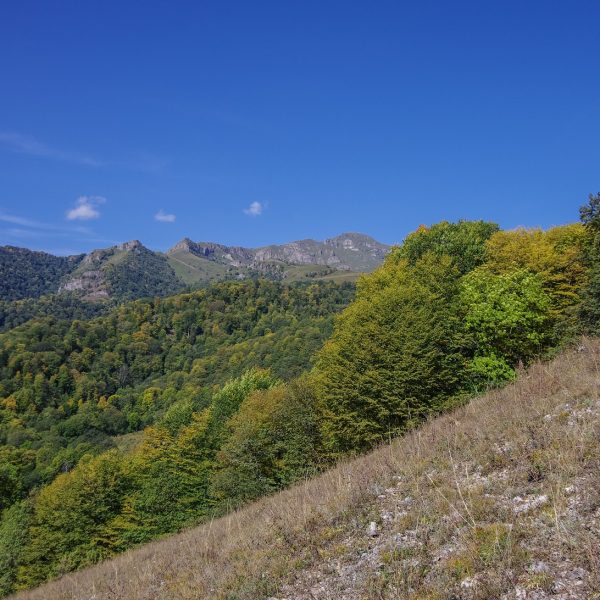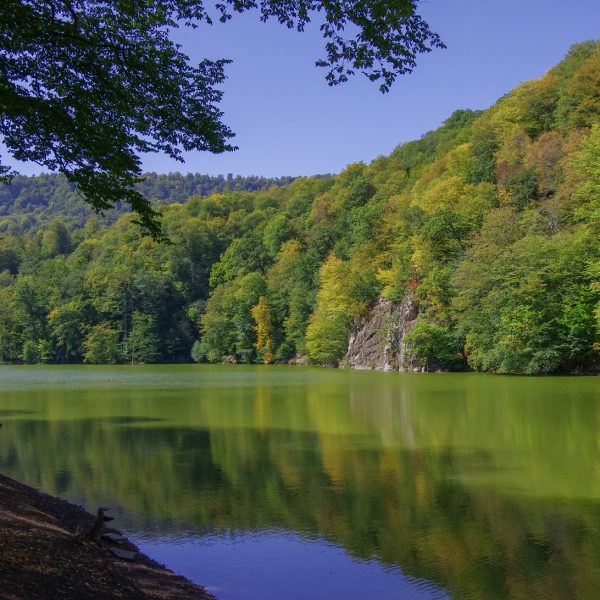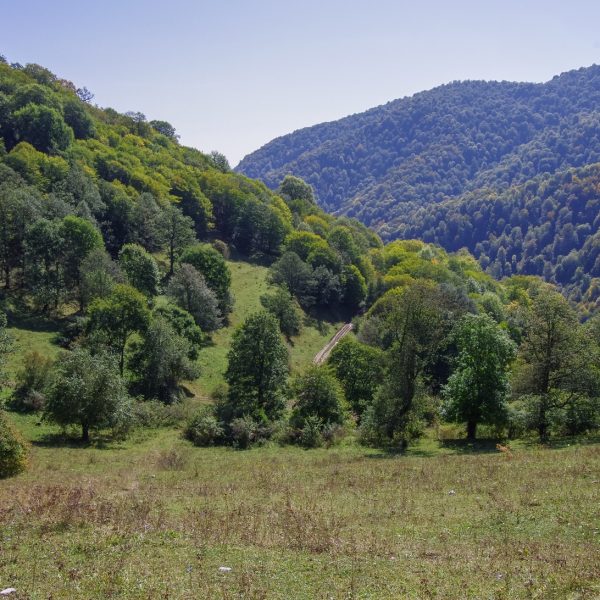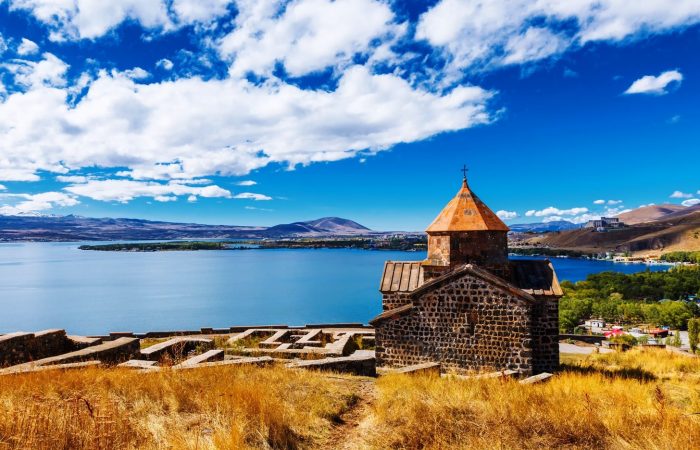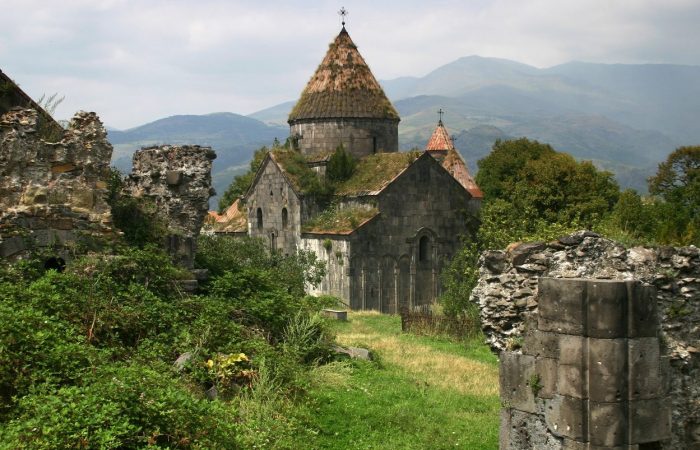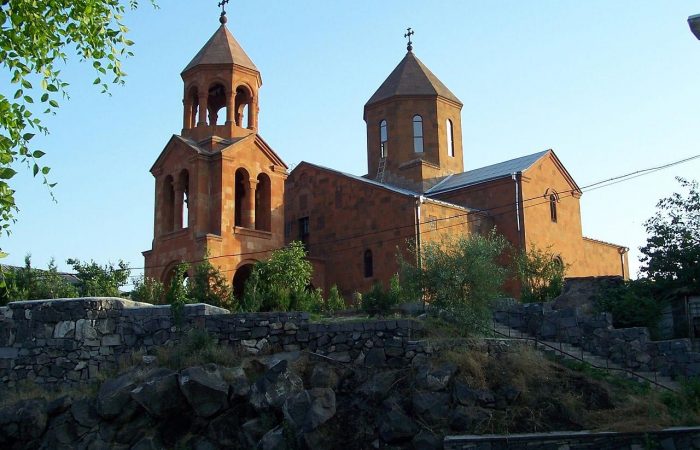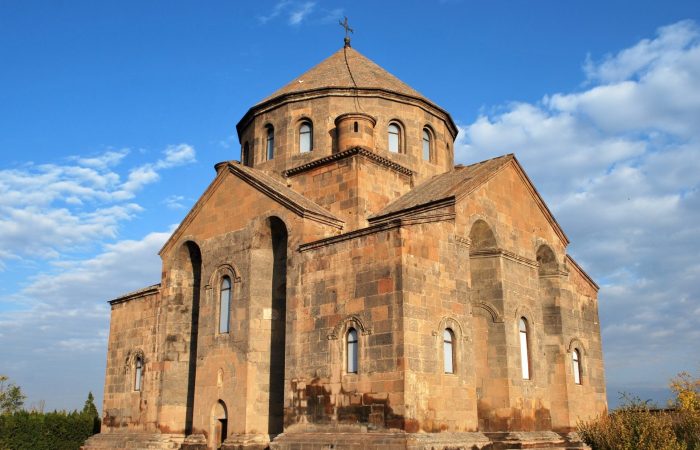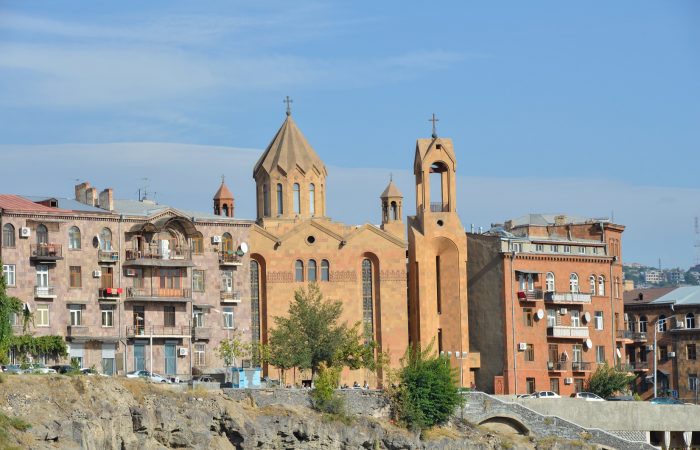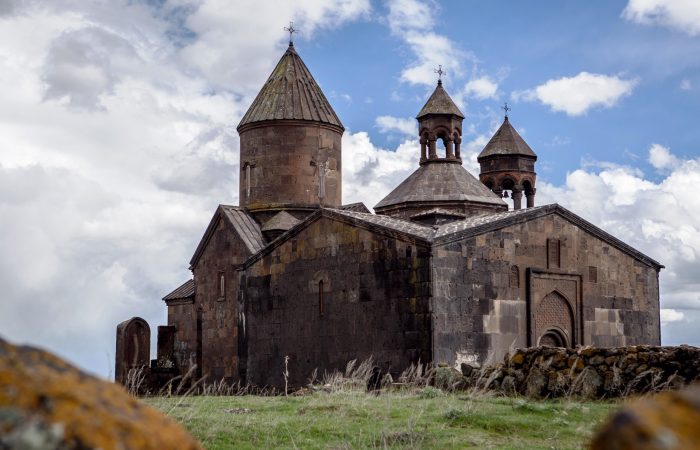Dilijan National Park: Location
Dilijan National Park is located in the north-eastern part of Armenia, more precisely in the province of Tavush. It stretches over the slopes of several mountain ranges. Among them are the mountain ranges of Pambak (Lori province), Areguni (Gegharkunik province), Miapor (Tavush province), Ijevan (Tavush province) and Halab (Lori province). Interestingly, only those parts are included which fall on 1070-2300 meters above the sea level. In this regard, the mountain meadows above the mentioned altitude do not make up part of the park.
Dilijan National Park: General and History
The park covers a territory of 24,000 ha. It has been renowned for its forest landscapes, biodiversity and mineral water springs, which are thought to have curative and healthy traits. The park was established in 2002. In the territory on which the park was established there was formerly the state nature reserve founded in 1958. On the whole, the territory was neither enlarged, nor reduced; it was only a matter of change of status – from reserve to national park. The change of the status had its own reasons, which could not be ignored or avoided. Among such reasons are the Yerevan-Ijevan railway, which passes through the park, the commercial activities, the presence of settlements, and after all, the city of Dilijan itself.
Dilijan National Park: Things to See
The park offers diverse flora and fauna. But it’s not only that. While walking around you will see the various mountain ranges in which the park seems to be embraced, as well as the River Aghstev flowing from Pambak mountain range, beautiful Parz Lich (Clear Lake) and Tzrkalich (Leech Lake). The park also encompasses some of the most beautiful and remarkable Armenian monasteries and churches, among which are the monasteries of Haghartsin, Goshavank, Jukhtak and Matosavank and the Church of Akhnabat.
Dilijan National Park: Flora
The park doesn’t include the entire flora diversity of Northern Armenia but there can be no doubts regarding its richness.
- Vascular Plants – Lycopodium, Horse-tails, Ferns, Gymnosperms and Angiosperms.
The park includes 902 species of vascular plants out of which 40 are rare species and 29 are registered in the Armenian Red Book of Endangered Species.
- Deciduous Species – Oak, Oriental beech, Common and Oriental Hornbeam.
- Corniferous forests – Pine, Juniper, Yew
- Fruit Trees and Bushes – Apple, Walnut, Cornel, Plum, BlackThorn, Pear, Gooseberry, Medlar, Common Hazelnut, Blackcurrant, Hawthorn.
- Medicinal Plants – Saint john’s Wort, Mint, Thyme, Ziziphora.
- Edible Plants – Sorrel, Falcaria, Cow parsnip.
- Decorative plants – Iris, Orchids.
The flora is not limited to only the mentioned species. The number is much higher including relict yew, Caucasian rhododendron, jasmine, saxifrage and so on.
Dilijan National Park: Fauna
The animal life of Dilijan National Park is very notable and rich. Among the dwellers are beetles (800 species), reptiles, amphibians, fish, birds (150 species) and mammals (40 species).
- Reptiles – Viper, Armenian and Dahl Lizards.
- Amphibians – Lake Frog, Green toad.
- Fish – Trout, Barbel.
- Birds – Black grouse, Golden Eagle, Bearded Eagle, Caspian snowcock.
- Mammals – Red deer, Brown deer, Fox, Lynx, Wolf, Wild boar, Wild cat, Roe, Badger, Squirrel.
Dilijan National Park: Monastery of Haghartsin
Hagartsin Monastery, which is simply enclosed in the remarkable Armenian nature, was built in the 12th-13th centuries. It is believed that at the consecration of the monastery an eagle was flying above it, and it felt as if the eagle was playing around it, and there goes the name of the church – xagh (hagh) meaning game and artsiv meaning eagle. The complex of the monastery includes three churches (Saint Atsvatsatsin (Holy Mother) Church, Saint Grigor Church and Saint Stepanos Church) and a refectory.
Dilijan National Park: Monastery of Goshavank
Goshavank Monastery is named after prominent Armenian scholar, writer and priest Mkhitar Gosh. It was built in 1188 and was one of the leading cultural centers of medieval Armenia. The complex of Goshavank Monastery includes 4 churches (churches of Saint Grigor Lusavorich (Gregory the Illuminator), Saint Astvatsatsin (Holy mother), Saint Grigor and Saint Gevorg), gavit, khatchkars, chapel-auditorium and the mausoleum of Mkhitar Gosh.
Dilijan National Park: Monastery of Jukhtak
The monastery dates back to the 11th-12th century. The complex includes two churches – the Church of Saint Grigor (main church), and the church of Saint Astvatsatsin (Holy Mother). Both churches are rather impressive despite their small size and modest interior and exterior decorations.
Dilijan National Park: Aghstev River
Aghstev River is 133 kilometers long, which starts flowing from Pambak Mountain Range and pours into Kur River. The river bears economic significance
Dilijan National Park: Clear Lake
Parz Lich (Clear Lake) is a small lake found at 1350 meters above sea level. It is 385 meters long, 85 meters wide and at most 5 meters deep. There is a restaurant close to the lake where you can try tasty Armenian dishes.
Dilijan National Park: Leech Lake
The Lake of Tzrka (Leech) is located 7 kilometers from the village of Gosh and is therefore also called the Lake of Gosh. The lake is known as Leech Lake because once there were leeches in the lake that were beneficial and useful for the organism. Those leeches no longer exist but the name still remains.
Dilijan National Park: Monastery of Matosavank
The Monastery of Matosavank could be easily called the hidden monastery as without knowing where exactly the church is or without a guide the likelihood of discovering the monastery is very low, or better to say close to zero. This is the case when luck is really needed. The only church of the monastery is the church of Saint Astvatsatsin (Holy Mother) of Pghndzavank, which dates to 1247 and currently lies in ruins. It’s a must visit for people who love exploring ruins and through them the history of a peculiar period of the country they are visiting.
Dilijan National Park: Church of Akhnabat
Commonly known as the Church of Hakhnabat or Akhnabat the Church of Saint Astvatsatsin dates to the 11th-12th centuries. A legend regarding the church has it that one of Armenian Princes was hopelessly in love with a beautiful girl whose name was Nabat, and in memory of that love he ordered the construction of that church. It is said that once the construction was completed the prince committed suicide and his last words were “Akh Nabat” meaning “Ah Nabat” in English. The details of this love story are yet not known.
Apparently, there is much to see in the Dilijan National Park, so no matter how busy your travel schedule is do your best to involve this destination in your list because it represents a bright combination of cultural-adventurous-historical travel.

